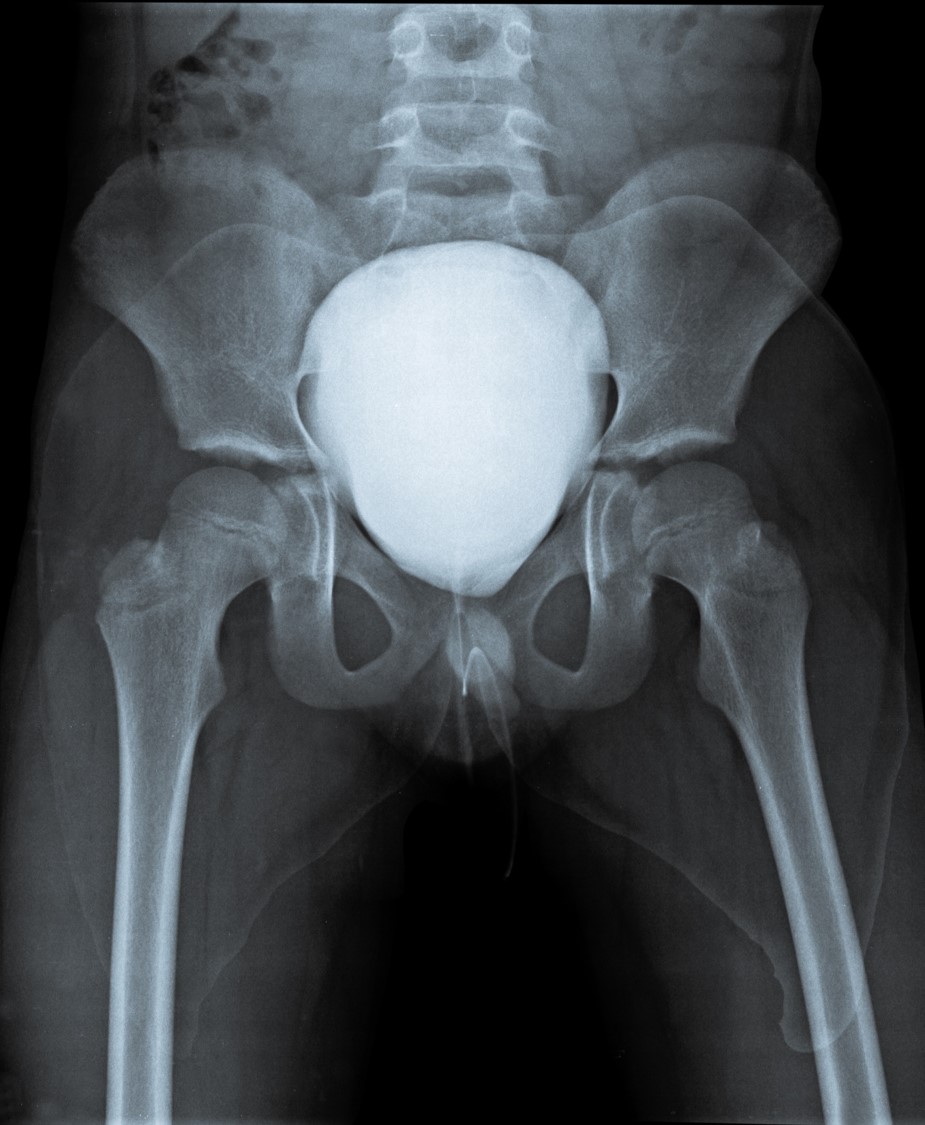Urethral stricture occurs when a part of tissues in urethra have fibrosis scar tissues due to trauma, infection, or ulcer and lead to narrowing of urethra, which causes urination difficulty.
Causes
- Trauma: traumatic urethral stricture is usually caused by penis or perineum injury that traumatizes the urethra, leaving scar tissues in the urethra after recovery. Besides, lower urinary tract surgery, endoscopy or long-term catheterization might lead to such sequel.
- Non-trauma: the most common cause for non-traumatic urethral stricture is urethritis (including gonorrhea) or tumor in urethra that causes fibrosis scar tissues.
Symptoms
At early stage, the flow rate of urination becomes thin and it takes longer time and more energy for patients to urinate. To a certain point, patients start to drip the urine and the worst stage and urination becomes impossible. Patients will be bloated in pain, get infected, have stones, and possible kidney dysfunction.
Diagnosis
Cystoscopy is used for diagnosis. Others such as retrograde urethrogram is used during urination to detect the stricture section and area.

Treatments
The traditional treatment is using different sizes of tubes to gradually expand the urethra, which is painful and the result does not last long. Patients need repeated treatments; otherwise the symptoms relapse often.
Surgery is the more effective treatment. First, patients go through endoscopic ureterotomy open up the stricture area and then a catheter is put in urethra. The symptoms might still relapse after surgery. Therefore, a metal net-shaped ring is implanted in urethra to support the stricture area when urethral stricture relapses consistently.
In the most serious case, urethral reconstruction is needed. After removing the stricture area, then near end and the far end are connected or patch with skin graft. Moreover, foreskin, scrotal skin, perineal skin or bladder film are often used for urethral reconstruction.
Conclusion
The recurrent rate of urethral stricture is very high. It is recommended that patients have follow-up checkups periodically and receive surgery when needed.

